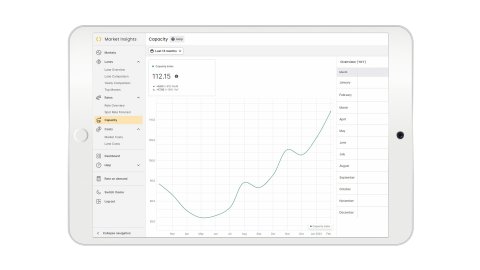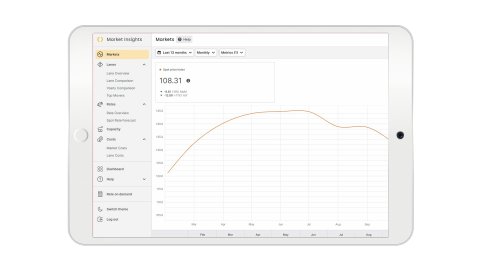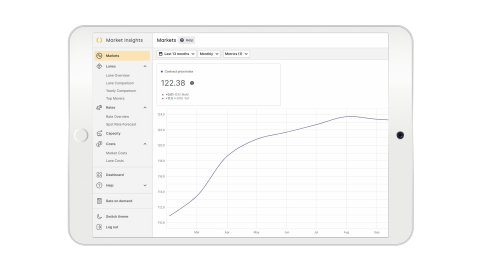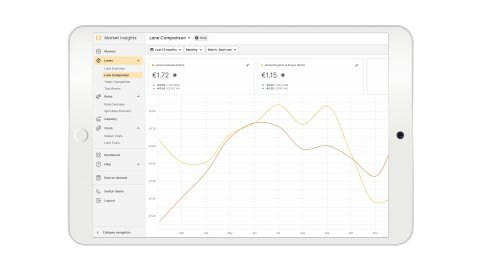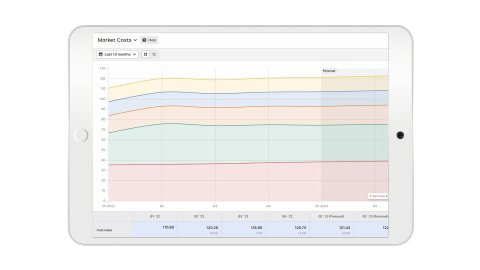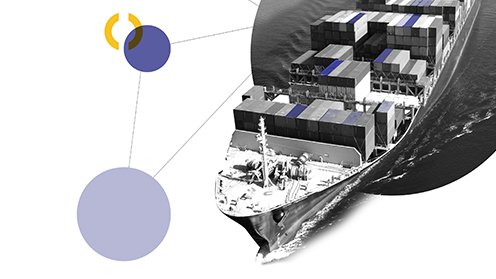Tough times ahead
There is no doubt, the world is still facing several issues. In addition to the Russia-Ukraine war, recent events such as China's balloons flying over the United States, North Korea firing long-range cruise missiles, and Iran producing enriched uranium have added to the geopolitical tensions. According to a survey conducted in January 2023 with Indago's supply chain research community, 'Geopolitical-related disruptions' ranked second on the list of risks that supply chain professionals need to plan for more effectively in the future.
On the economic front, the global economy is facing multiple challenges in the months ahead, which supply chain professionals need to navigate carefully.
The International Monetary Fund's projection for global growth in 2023 is 2.9%, which is 0.2 percentage points higher than its previous prediction in October 2022. However, this still falls significantly below the historical average of 3.8% from 2000-2019. The IMF also expects global inflation to decrease from 8.8% in 2022 to 6.6% in 2023 and 4.3% in 2024, but these levels are still higher than pre-pandemic levels of about 3.5%.
Despite these projections, bringing down inflation remains a real challenge. According to Bloomberg, consumer prices in Germany rose 9.3% in February from this time last year, driven by services and food costs, while consumer prices in France and Spain saw even greater increases of 7.2% and 6.1%, respectively.

